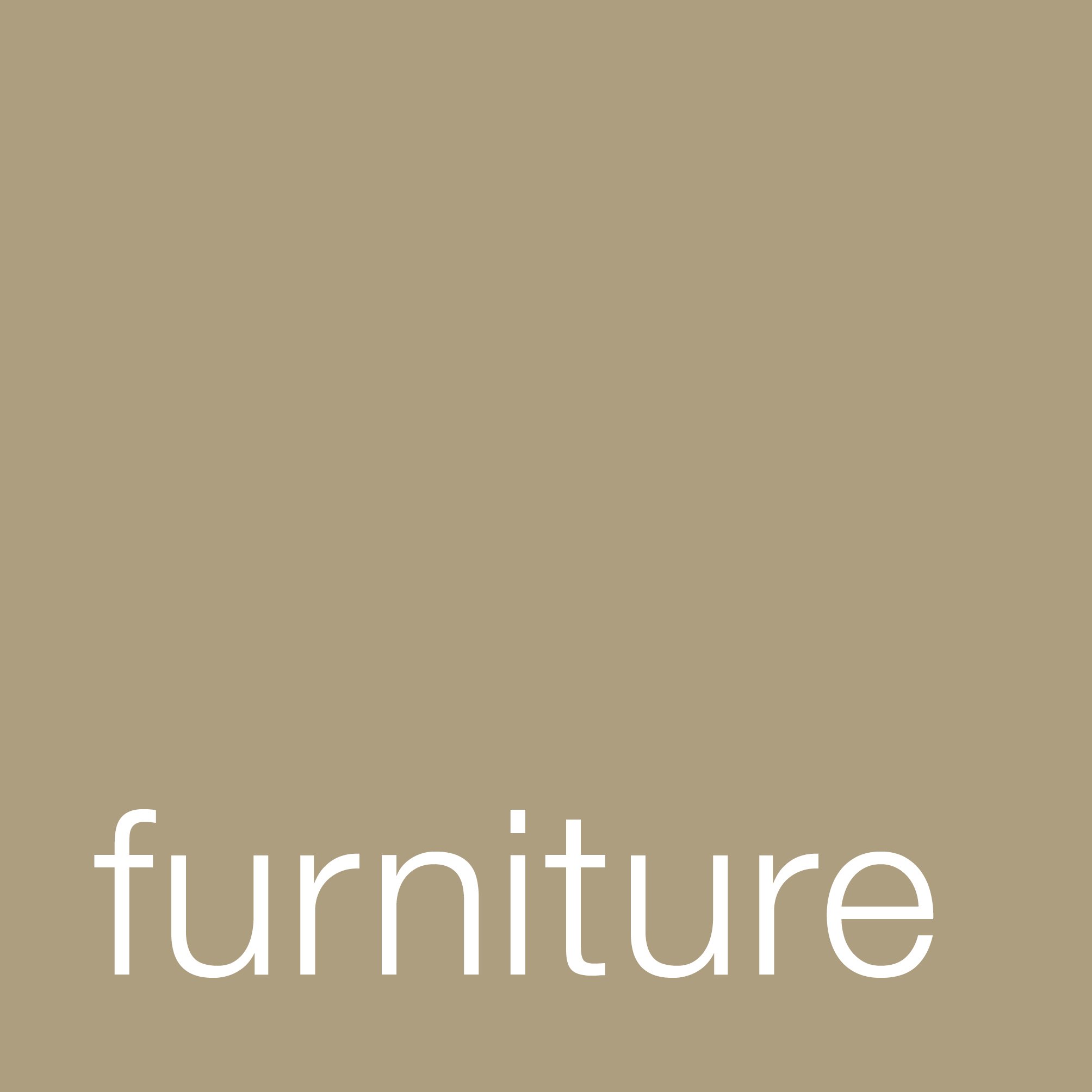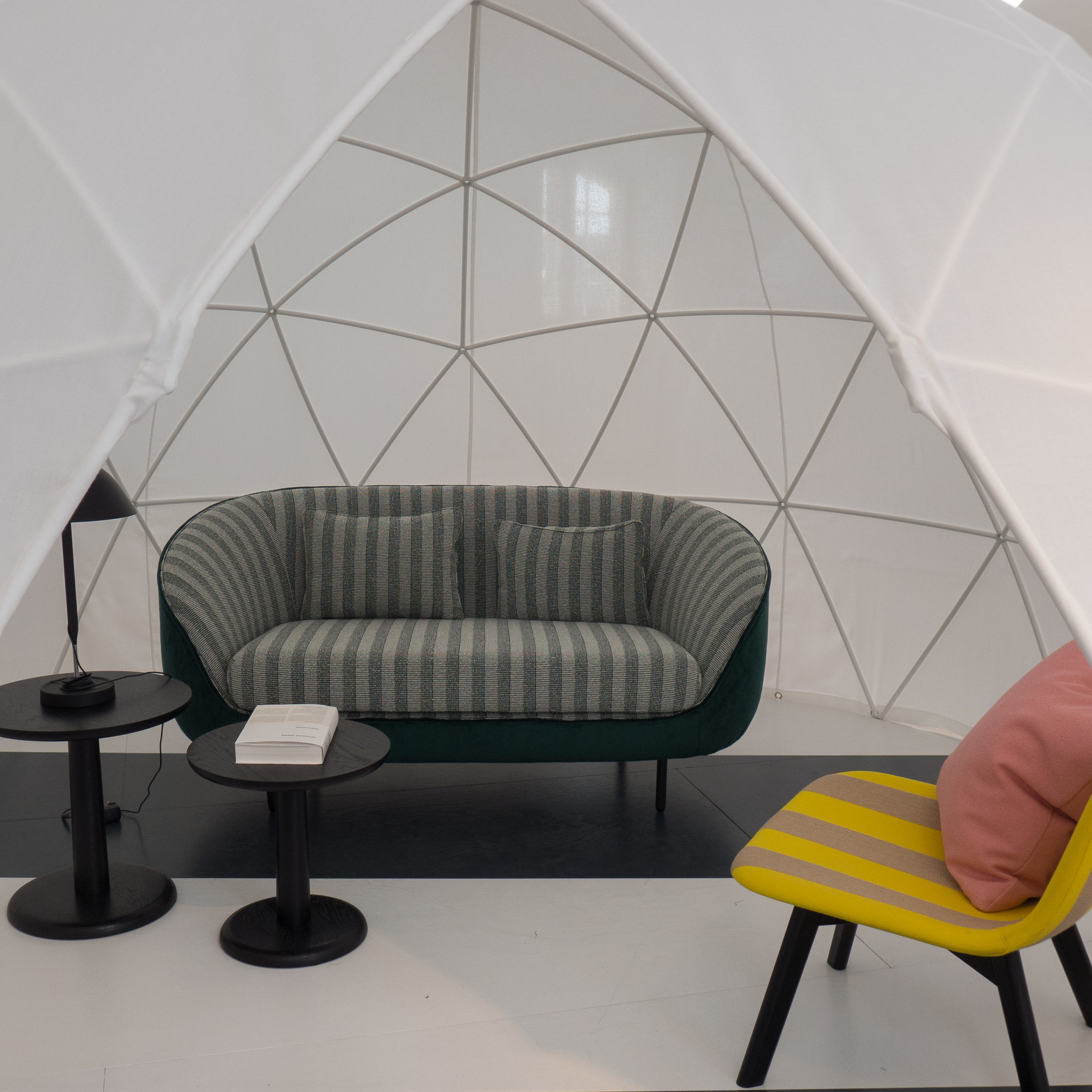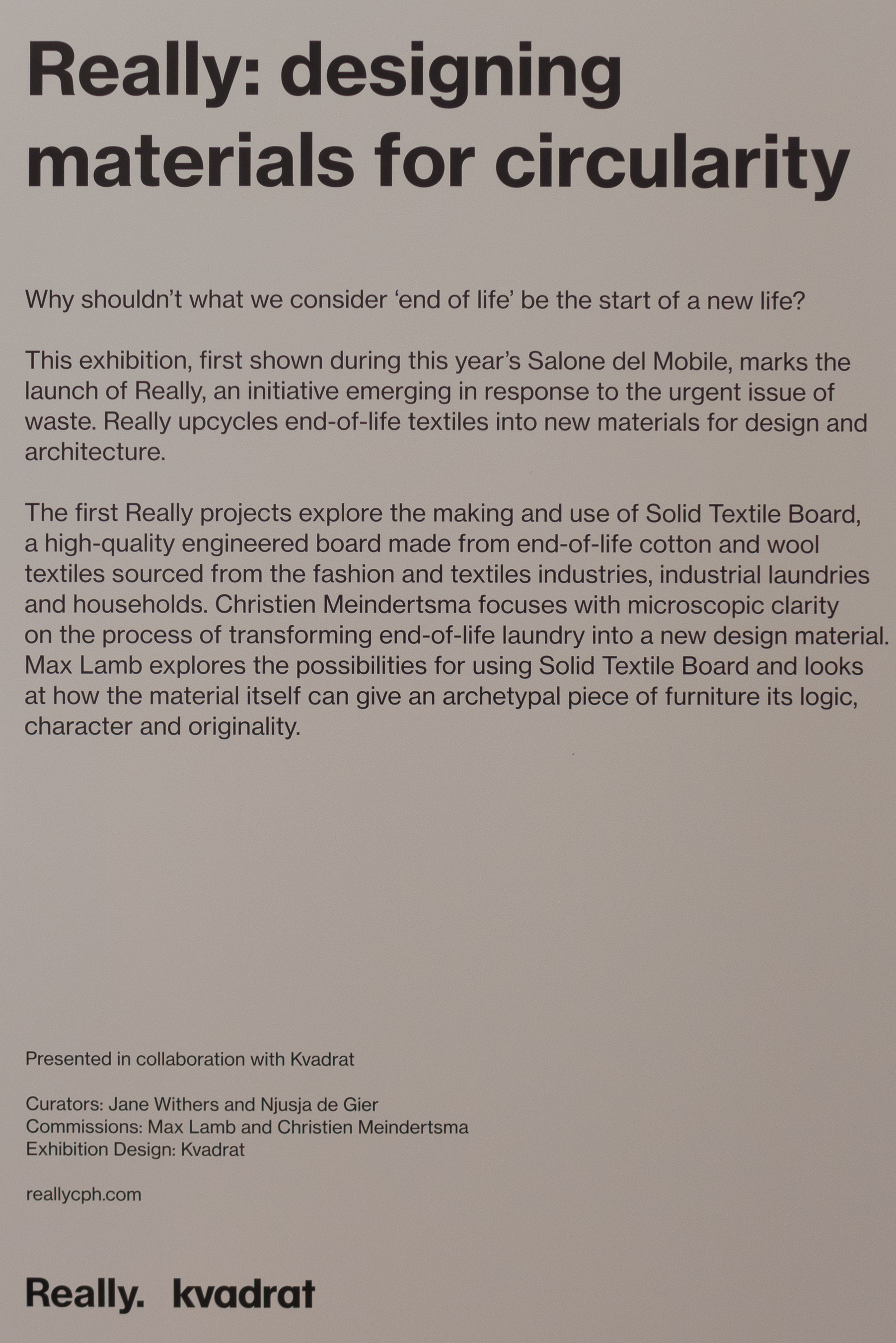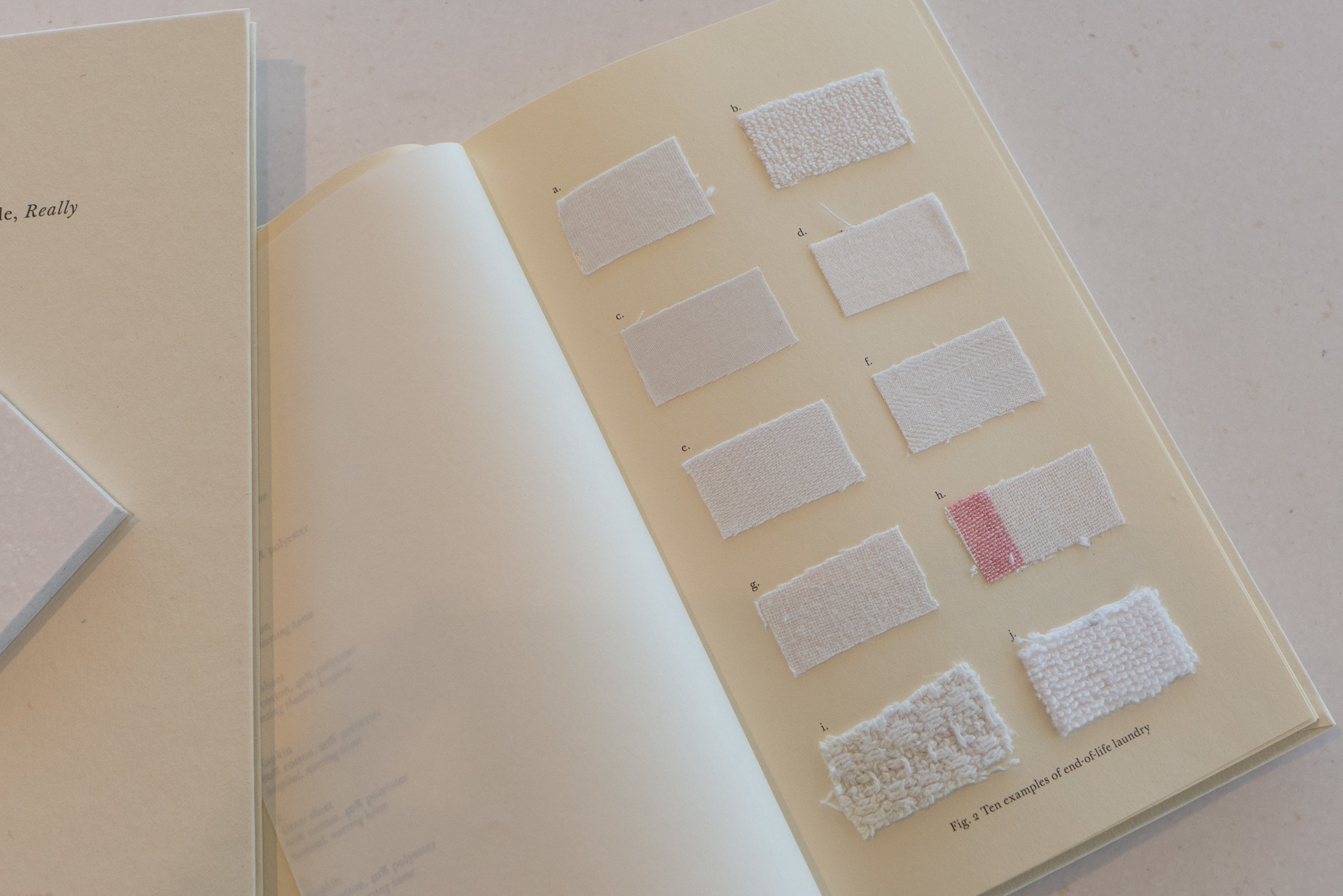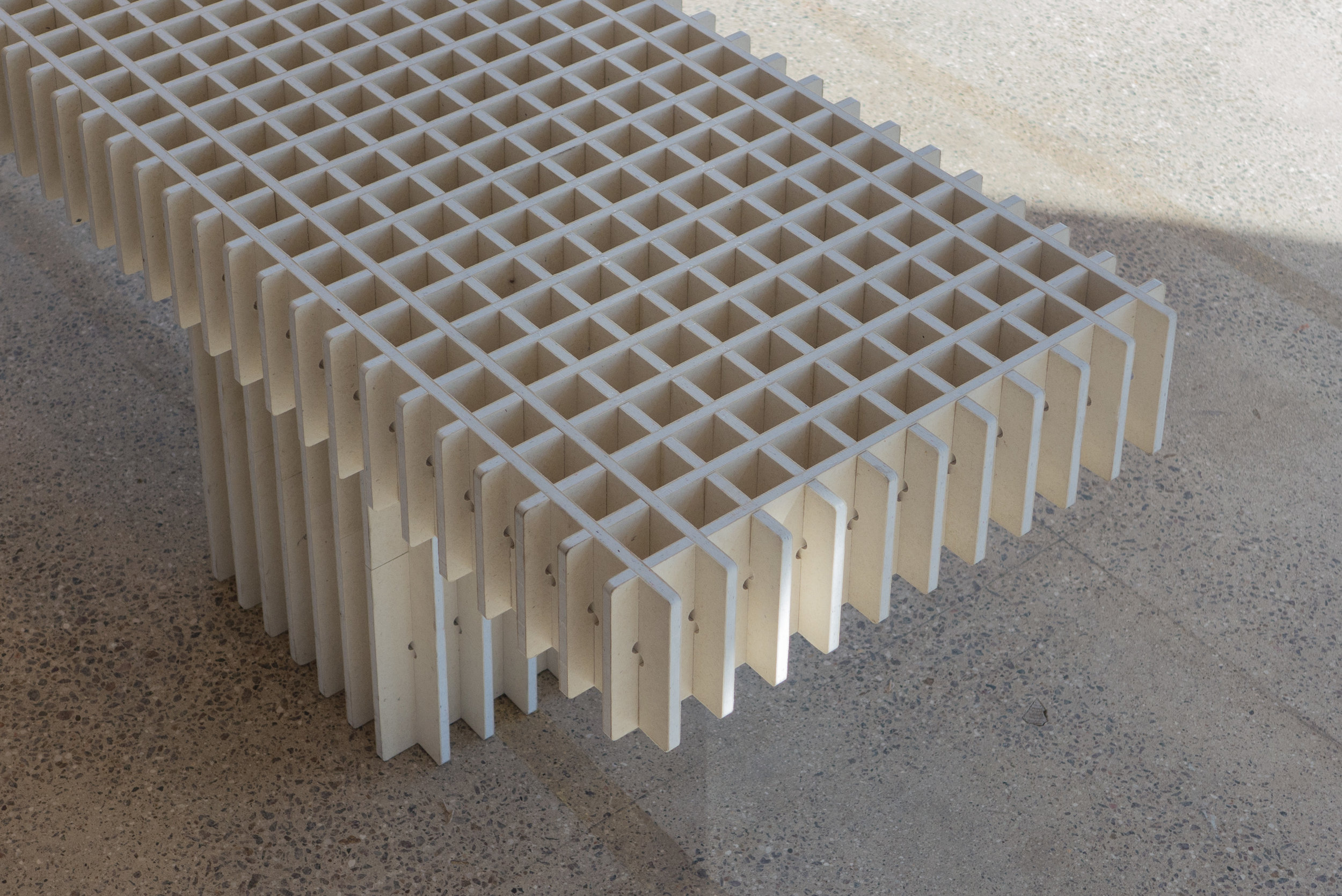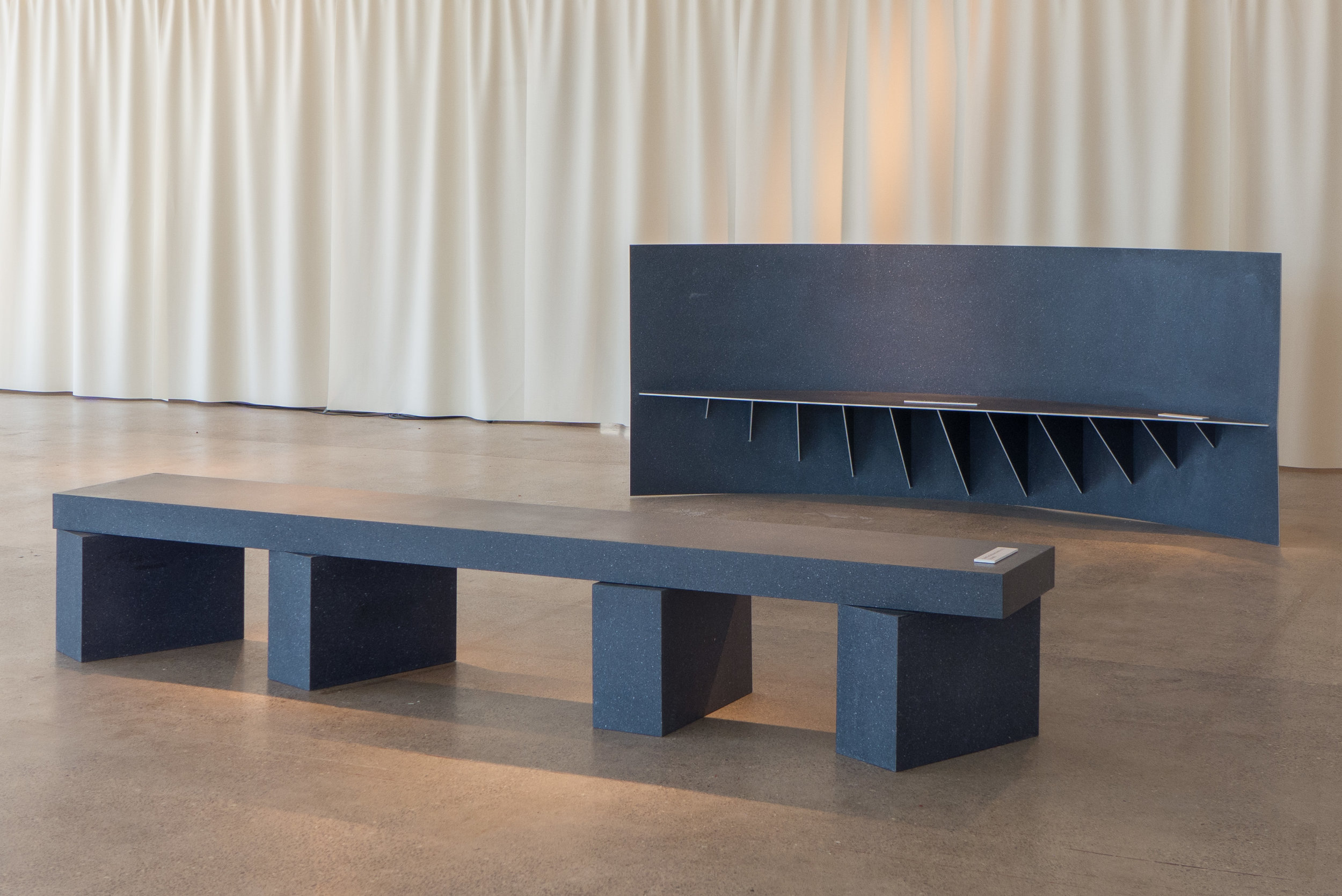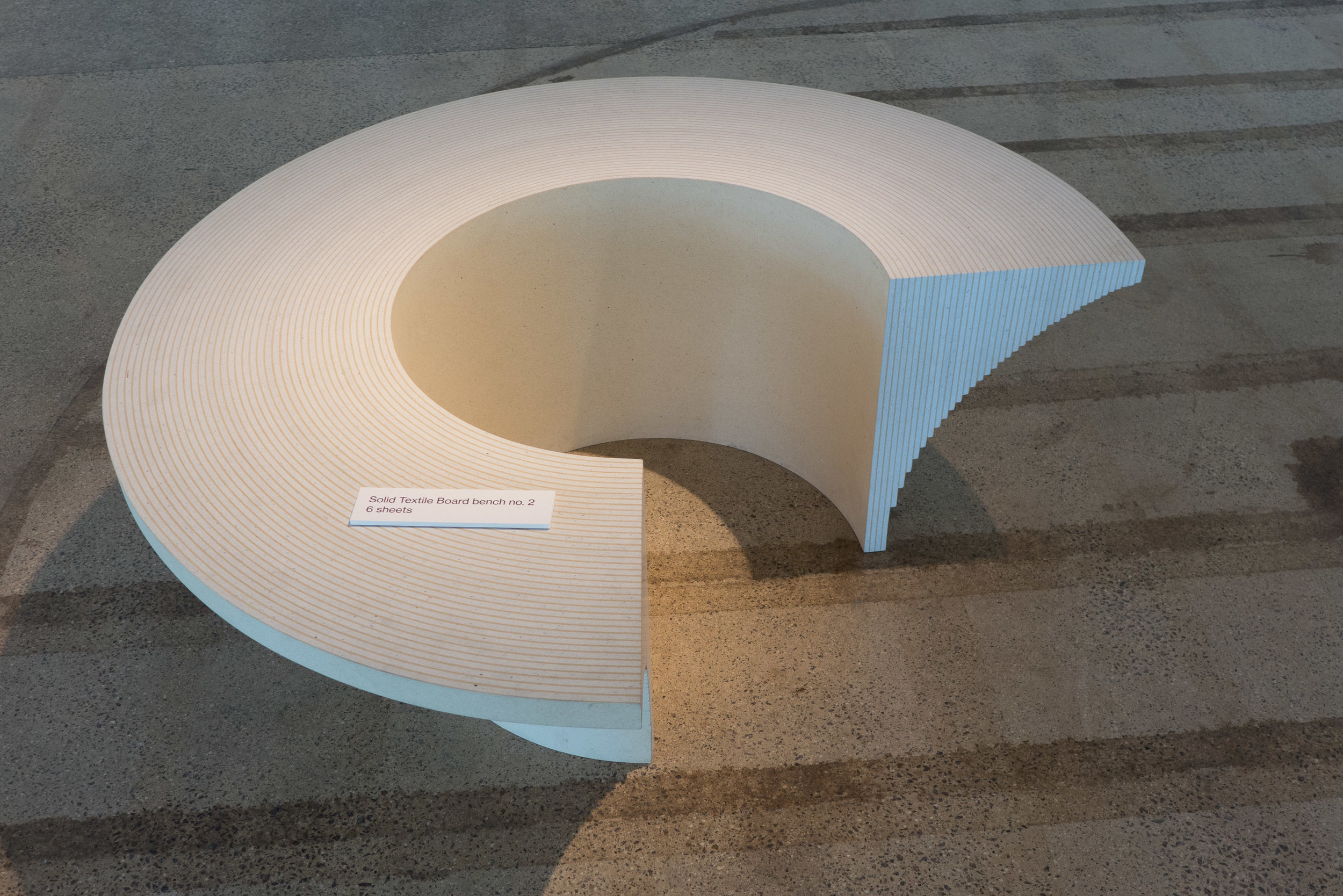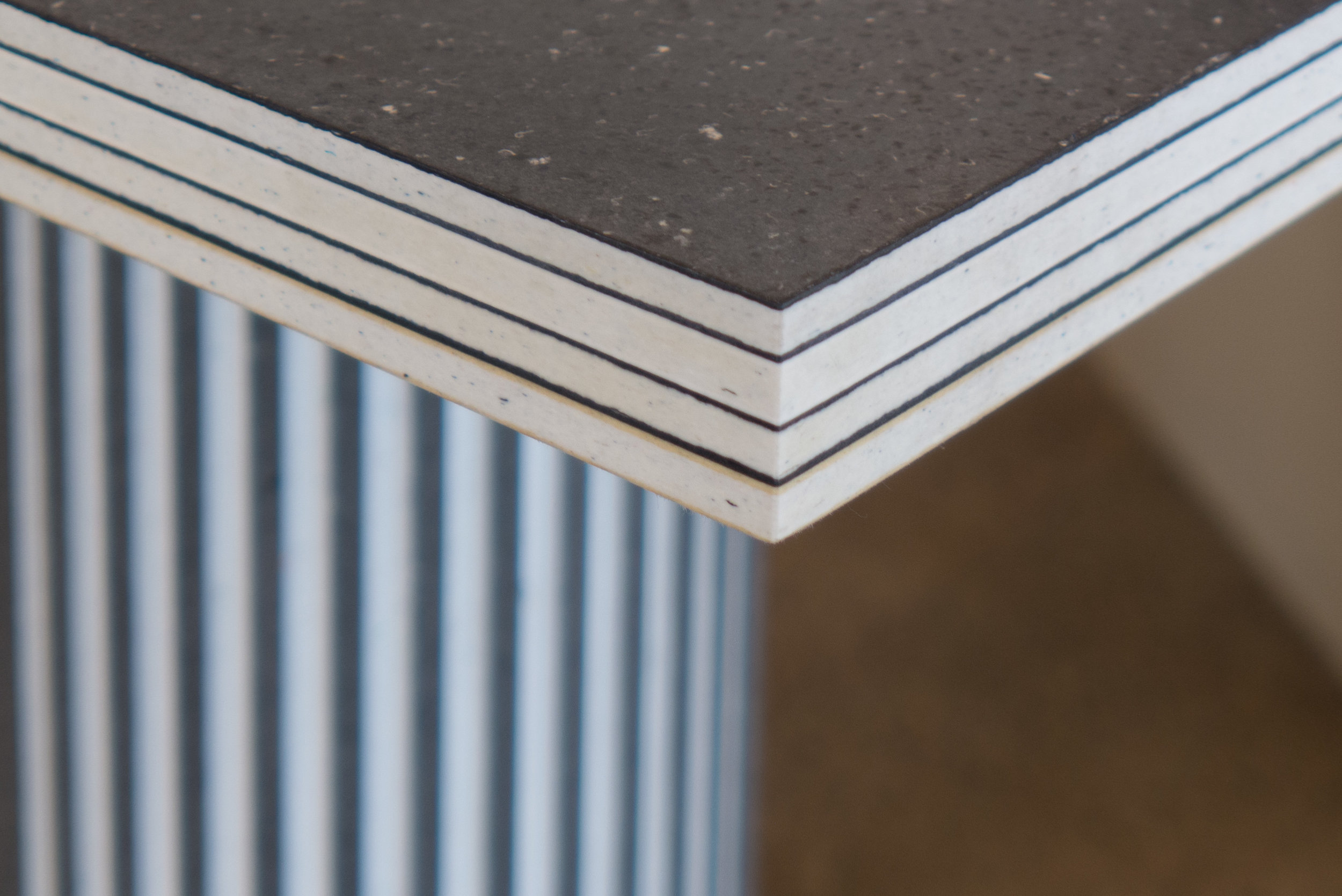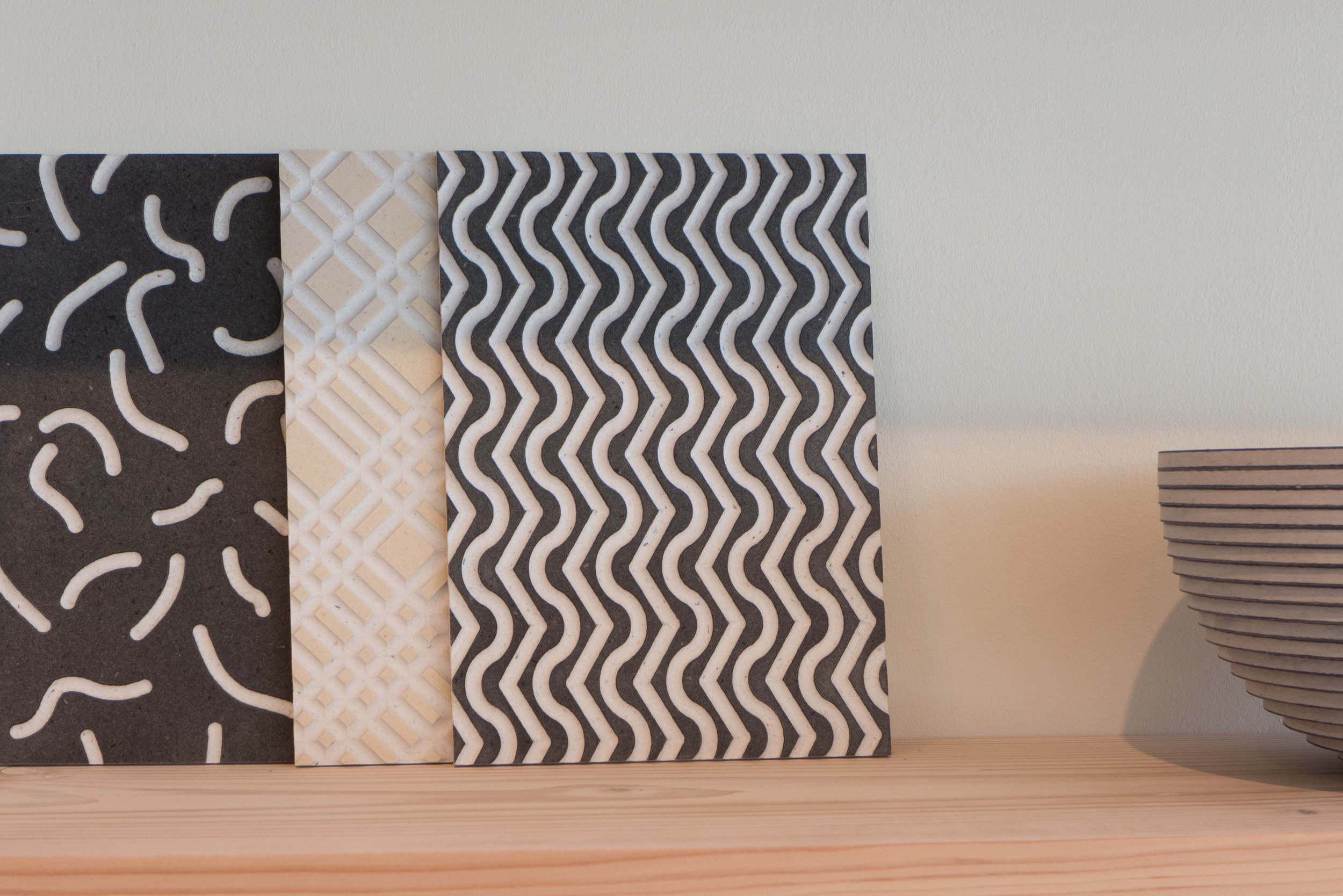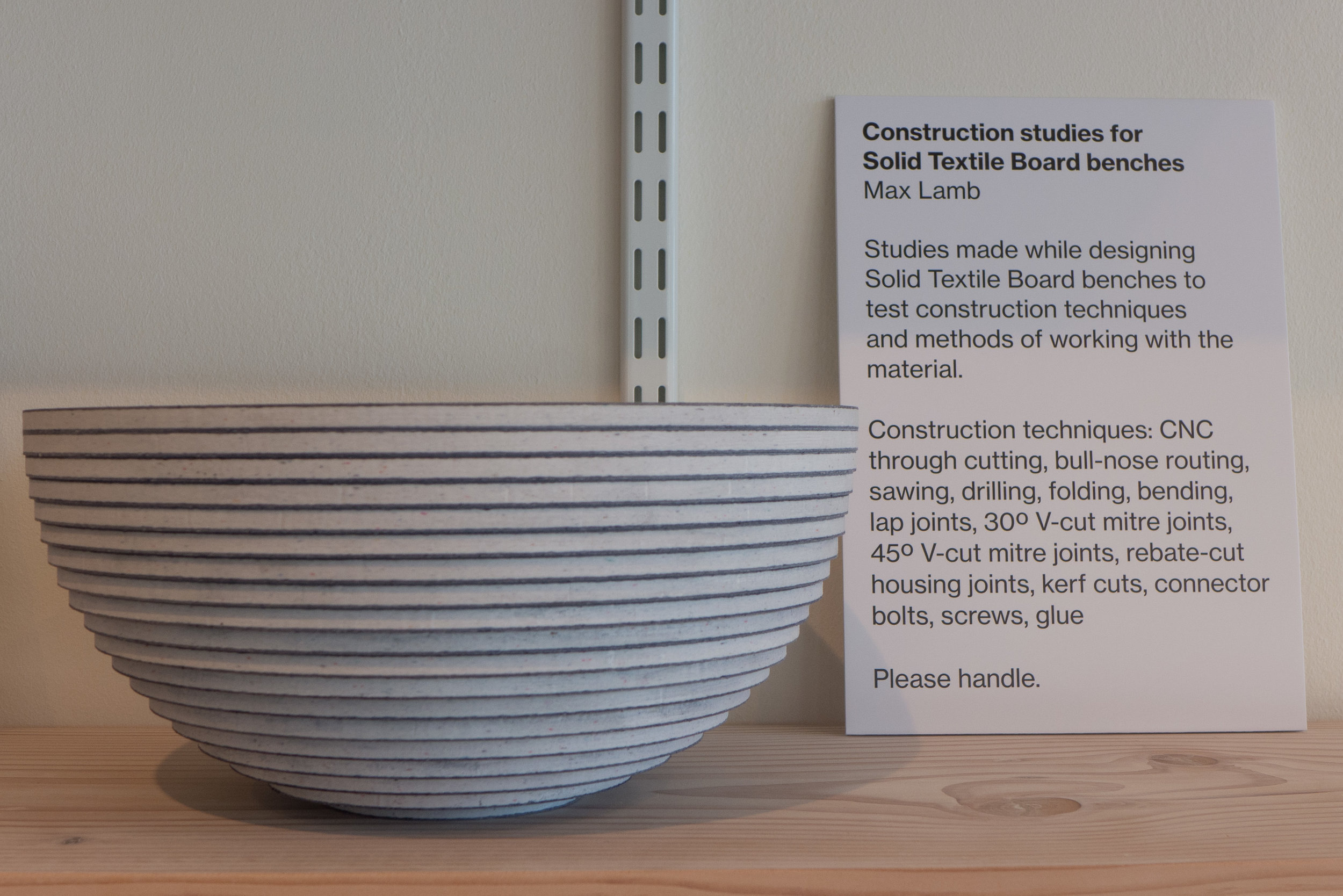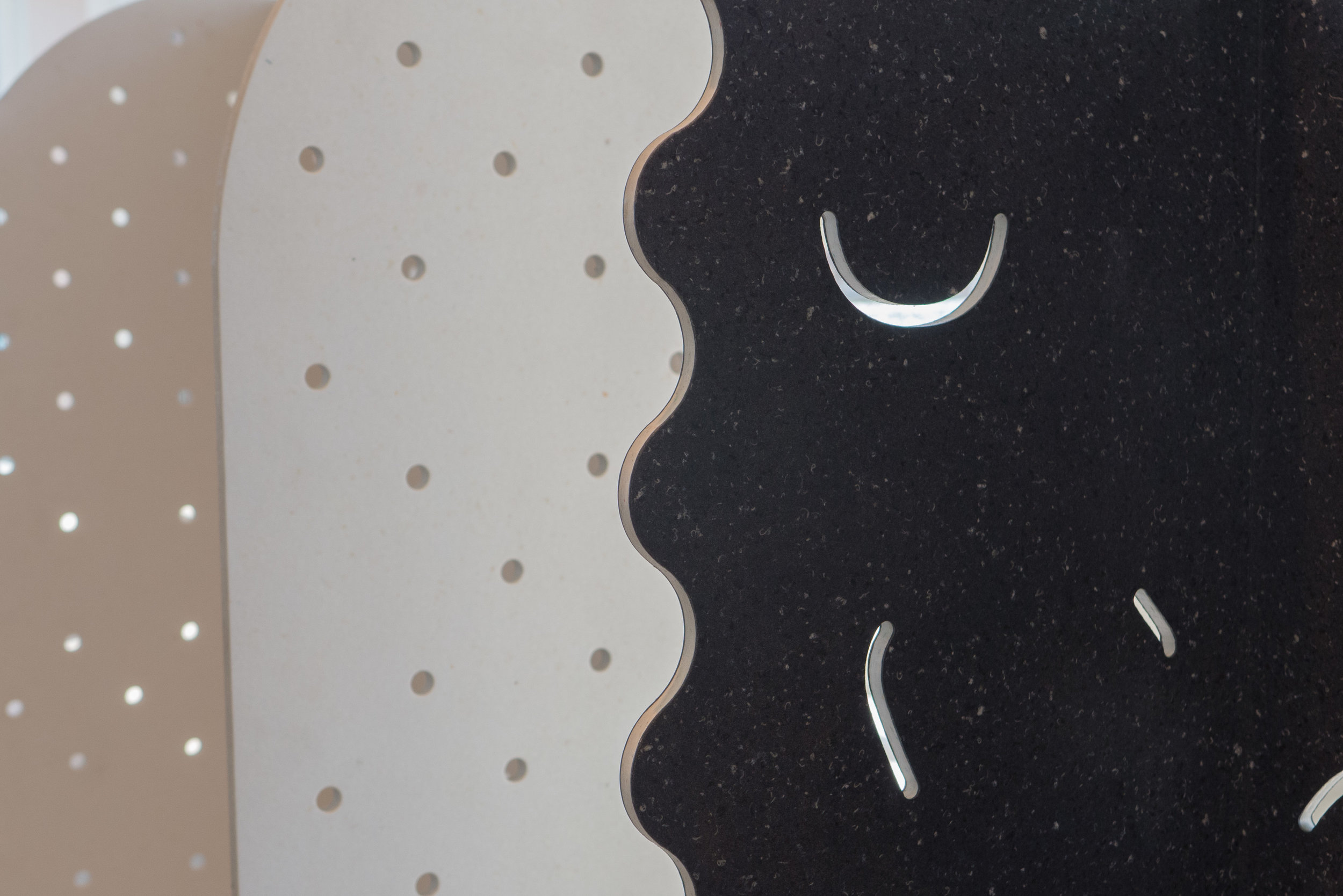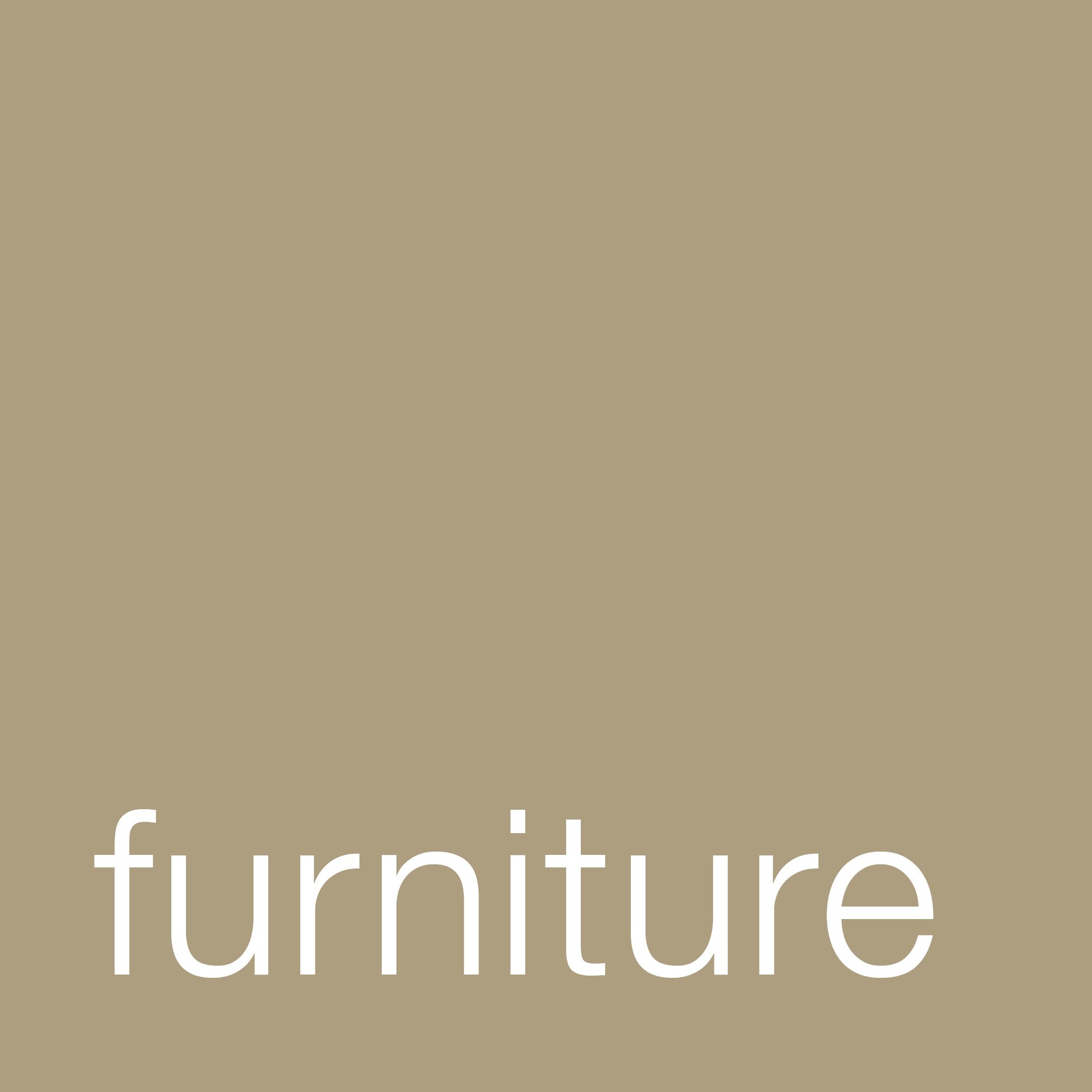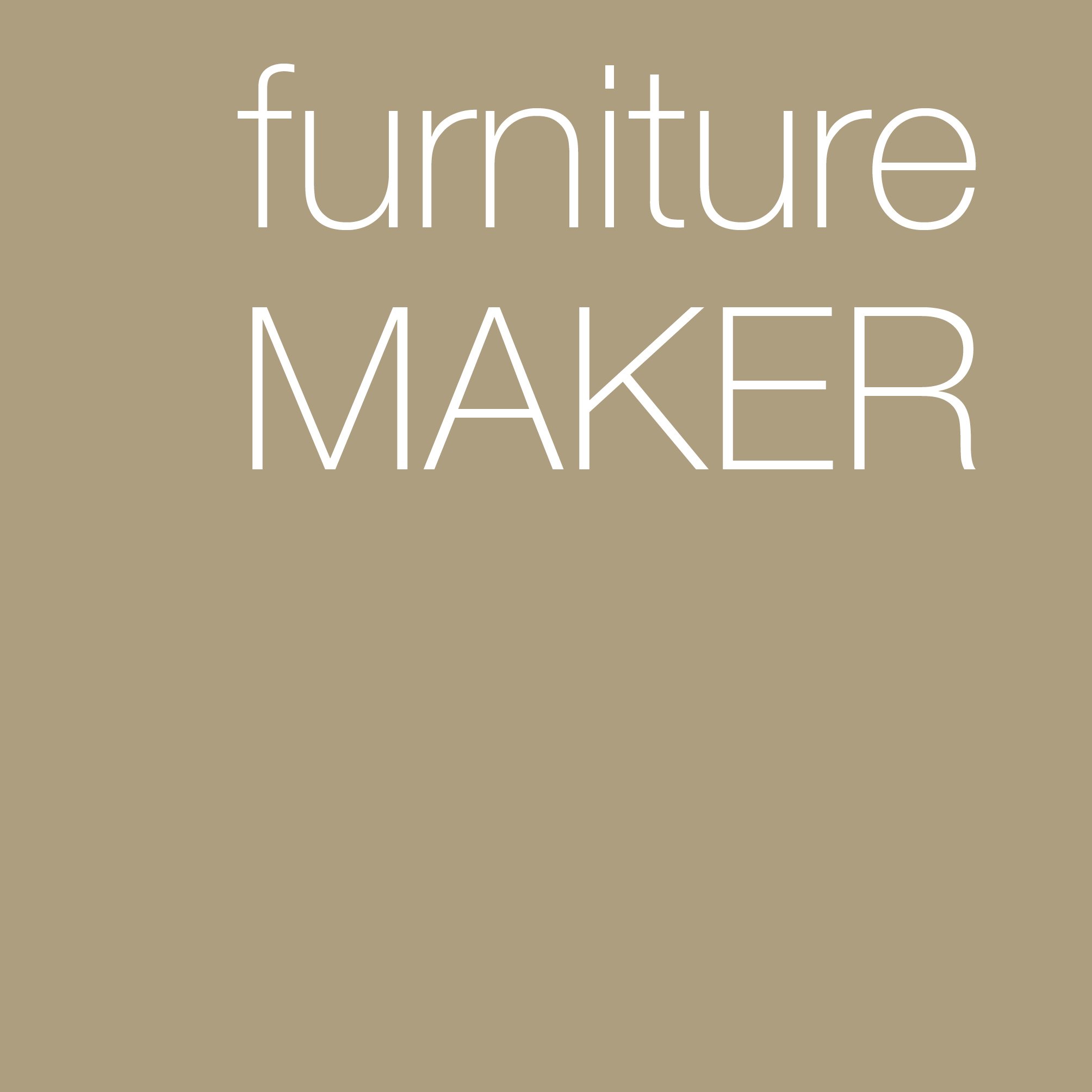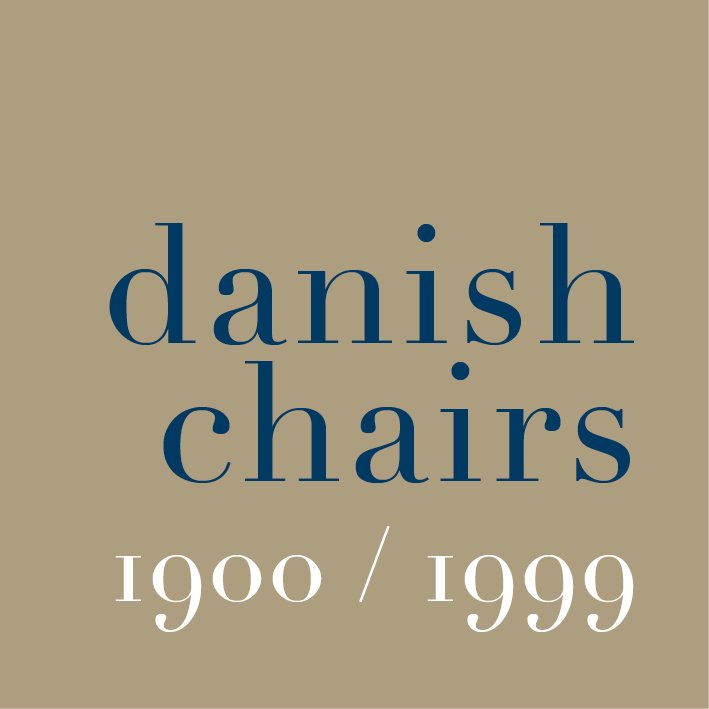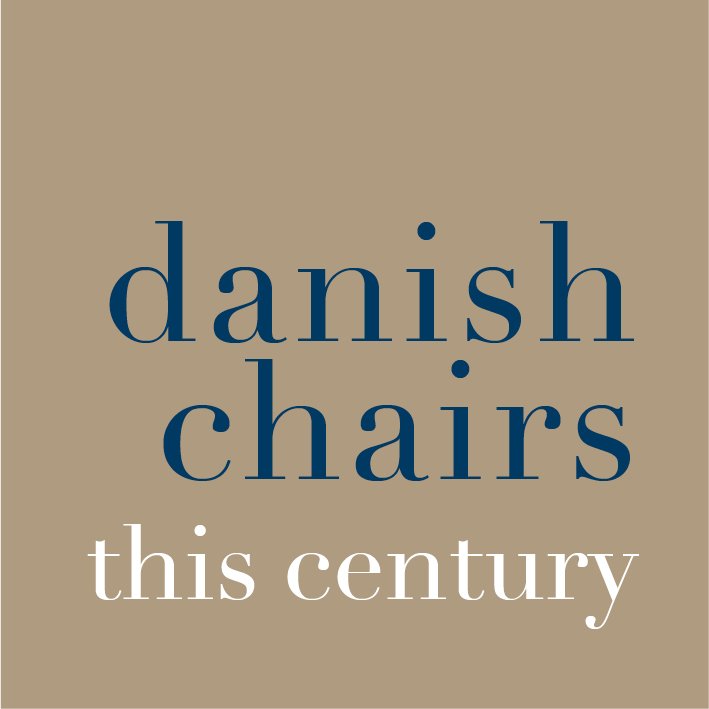Fredericia
/Barbry Stool by Aurelien Barbry
The Danish furniture company Fredericia have moved from Frederiksborggade in Copenhagen to an extensive and impressive new space in Løvstræde where they are on the upper floors of the recently restored old post office building. There are large, well-lit spaces for displaying the furniture and, from the upper level, amazing views over the roof scape of the old city.
For 3daysofdesign Fredericia showed new additions to their collection that were set out in a striking series of canvas domes and they also showed new textiles from Kvadrat, designed by Raf Simmons, that they are using for upholstery on some of their furniture.
Haiku Low Sofa by Gamfratesi
Sine Lounge Chair by Space
Verve Sledge by Geckler Michels
There is a small area with a display of historic drawings and old photographs that trace back Fredericia's collaboration with some of the major designers of the 20th century since the company was founded in 1911. Fredericia still manufacture the famous leather sofa - Model 2213 - that was designed by Børge Mogensen in 1962 as well as his Spanish Chair designed in 1958 and the Søborg series of chairs by Mogensen from 1950.
Furniture designed by other major designers from the classic period of Danish design in the 1950s and 1960s include chairs by Hans Wegner and works by Nanna Ditzel - including the Trinidad Series - but Fredericia have also commissioned work from some of the best designers of the late 20th century and from young designers working now including the Kile sofa by Jasper Morrison, the Stingray Series from Thomas Pedersen, the Haiku Series by GamFratesi and the Pato Collection by Hee Welling and Gudmundur Ludvik.
Their collection of furniture is renowned for its quality but Fredericia is also noted for their outstanding use of colour and for the tailored look of their upholstery that uses strong colour combinations and fabrics with contrasting textures to emphasise the shape and form of chairs and sofas.
